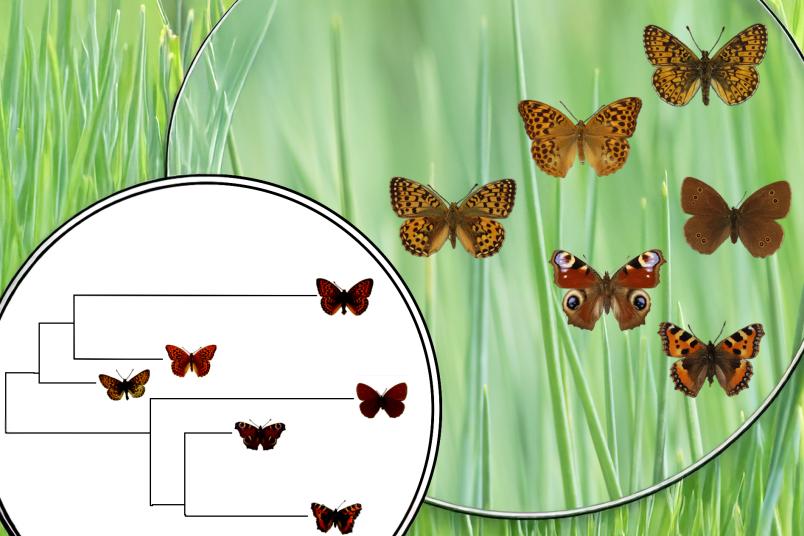
“Nothing in biology makes sense except in the light of evolution!” evolutionary biologist Theodosius Dobzhansky stated just over 50 years ago, and even in the age of artificial intelligence, this statement remains valid.
Bioinformatics
Equipping Artificial Intelligence with the Lense of Evolution
Random patterns have so far obscured AI’s view of evolutionary relationships. A team in Bochum is teaching them how to go about this.
Artificial intelligence is now better than humans at identifying many patterns, but evolutionary relationships have always been difficult for it. A team from the Bioinformatics Department at Ruhr University Bochum, Germany, working under Professor Axel Mosig has trained a neuronal network to tackle this issue. The AI can relate any data from different species in an evolutionary relationship and identify which characteristics have developed in what manner throughout the course of evolution. “Our approach lets artificial intelligence look at data through the lense of evolution, in a way,” explains Vivian Brandenburg, lead author of the report published in Computational and Structural Biotechnology Journal on August 22, 2025.
Providing prior knowledge about the ancestry tree
“Most previous AI algorithms have a hard time analyzing biological data through an evolutionary lens, because they don’t know what to look for and get confused by random patterns,” says Axel Mosig. The team in Bochum has provided its AI with prior knowledge of the phylogenetic trees of the species being analyzed. This approach is based on classifying groups of four species into the presumably correct ancestry tree when training the AI. The tree contains information about close and distant relationships. “If all groups of four are correctly arranged, the entire ancestry tree can come into place like a puzzle,” explains Luis Hack, who also worked on the study. “The AI can then look in the sequences to identify patterns that have evolved throughout this tree.”
The kicker: This method works not only for genetic sequence data, but also for any other type of data, such as image data or structural patterns of biomolecules from various species. After the bioinformaticists from RUB initially established the approach for DNA sequence data as part of their current work, they are already exploring its applicability for image data. “For example, you could reconstruct hypothetical images of evolutionary predecessor species,” says Hack, explaining the method’s potential for future projects.